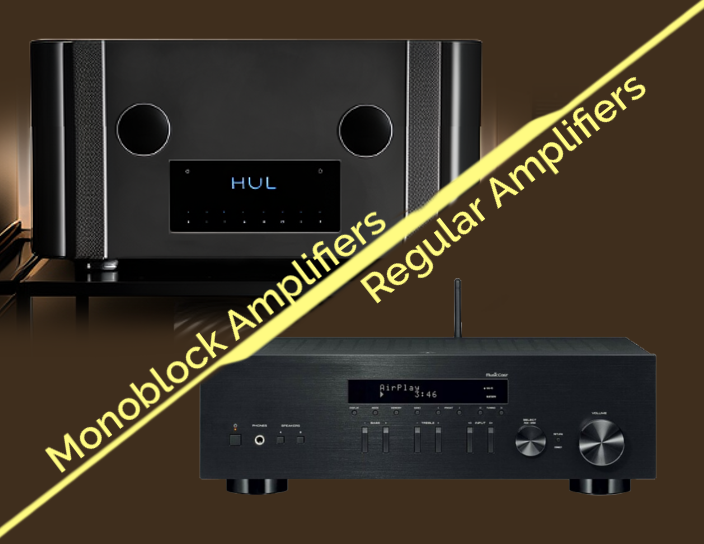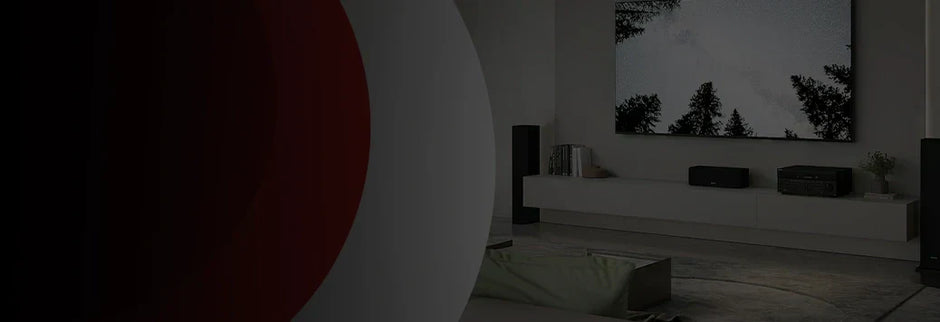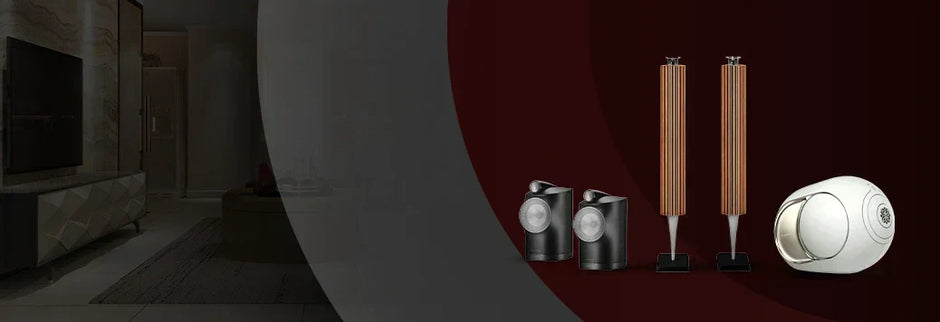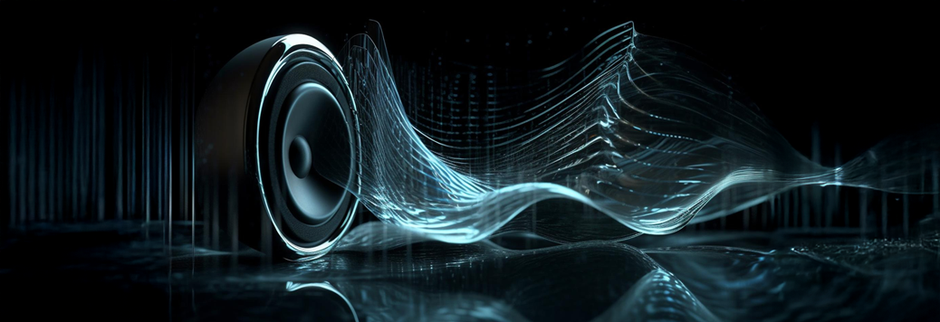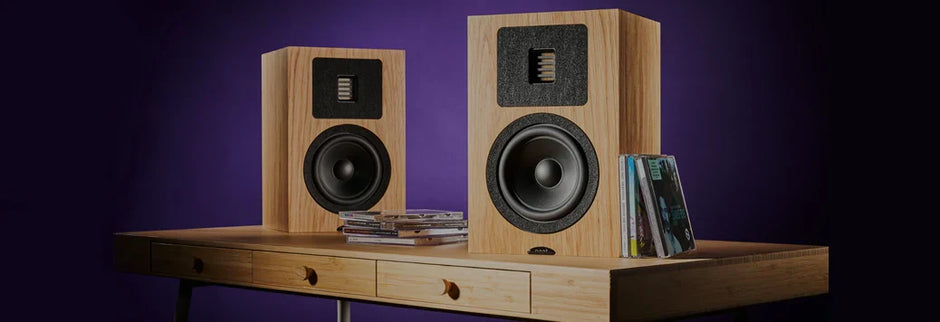
Amplifiers are important in most audio signal flow paths. Are monoblock amplifiers better than stereo amplifiers and, if so, why? And most importantly, what is the difference between a regular amplifier and a monoblock?
Read on to find out further about regular amplifier and monoblock amplifiers and discuss whether monoblock(s) are for you.

A little introduction on the functioning of mono amplifier and regular amplifier
A mono amp only supports amplification of a single channel. Stereo reproduction requires two channels, so a single stereo amp could be used or two mono amps. A monoblock amplifier is a single unit (“block”) responsible for amplifying a single channel (“mono”). They are larger, heavier and more expensive per channel.
A stereo amp usually internally contains two independent mono amps in one chassis, usually they also share a common power supply. Two mono amps may be bridged to build one more powerful single channel amp (not stereo).
Some people prefer mono because of better channel separation, but cost savings in stereo is often worth it for most individuals.
So, what do most entertainment systems utilise?
Because music and television are often mixed in stereo, most entertainment systems end up utilising stereo amplifiers. They are preferably used in car audio and higher-end audiophile systems that benefit from the isolation of separate “per-channel” amplifiers.
It is noteworthy that monoblocks are usually a fully balanced/differential design, incorporating both push and pull. Some stereo amplifiers are balanced/differential, but most of the stuff out there is still single-ended.
Complete breakdown of differences between a regular and monoblock amplifier
The most common differential point between a regular and monoblock amplifier is that a stereo amplifier has two independent channels for left and right audio within a single unit/chassis. When talking about the form factor, a stereo amplifier is more compact than two individual monoblock amplifiers.
Also, it is much easier to go with a stereo amplifier because of the affordability. But if you are looking for an uncompromising audio experience the clear winner is a monoblock amplifier. Mono amps are better when there is no budget limit.
Here’s why.
The stereo amp signal paths share the same chassis, transformers and power supply, they are not as isolated and resultantly they inherit crosstalk, leading to unwanted noise, interference and perceptible distortion in the signal path.
For best possible audio performance, we recommend you go with a matched pair of monoblock amplifiers over a stereo amplifier.
Having said that, a good stereo power amp or integrated will still beat a poorer set of monoblocks, any given day.
But choose wisely, and while we have covered most of the differences, if you are still wondering whether to pick a monoblock amp or a regular amplifier, our team of experts are just a click away! We will help you discover and buy the best.
FAQs
1) How does a monoblock amplifier differ from a regular stereo amplifier?
A stereo amplifier contains two channels in one unit to power left and right speakers, sharing power supply and internal components, while monoblocks are standalone units for each channel, offering superior isolation and often higher power output per channel.
2) Why are monoblock amplifiers more expensive than stereo amplifiers?
Because you need a separate monoblock for each channel, plus they use dedicated power supplies and larger components for each amp, which increases manufacturing cost, weight, and space requirements compared to integrated stereo amplifiers.
3) When should I choose a monoblock amplifier?
Choose monoblocks if seeking the highest audio fidelity, powerful dedicated channel amplification, or driving demanding speakers and subwoofers. They are favored in high-end home audio, car audio, and professional setups where performance outweighs cost and convenience.
4) How do monoblock amplifiers improve sound quality?
By isolating each channel in its own chassis and power supply, monoblocks minimize interference, crosstalk, and distortion between channels, resulting in clearer, more transparent sound and enhanced dynamic range.
5) Do monoblock amplifiers consume more power than stereo amps?
Monoblocks may consume more power overall due to having separate power supplies and components for each channel, but they are designed to deliver maximum clean power more efficiently per channel than stereo amps sharing resources.

